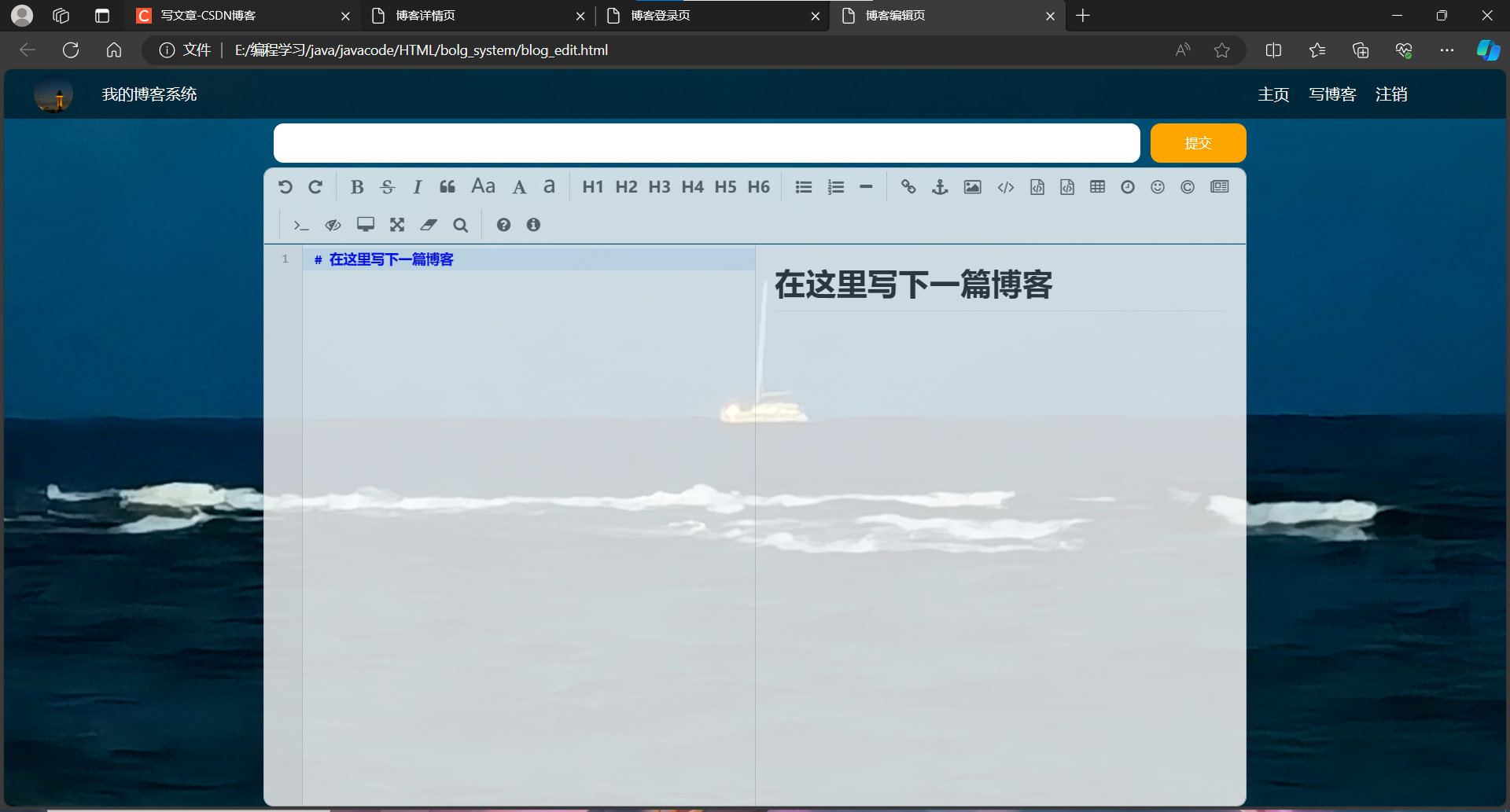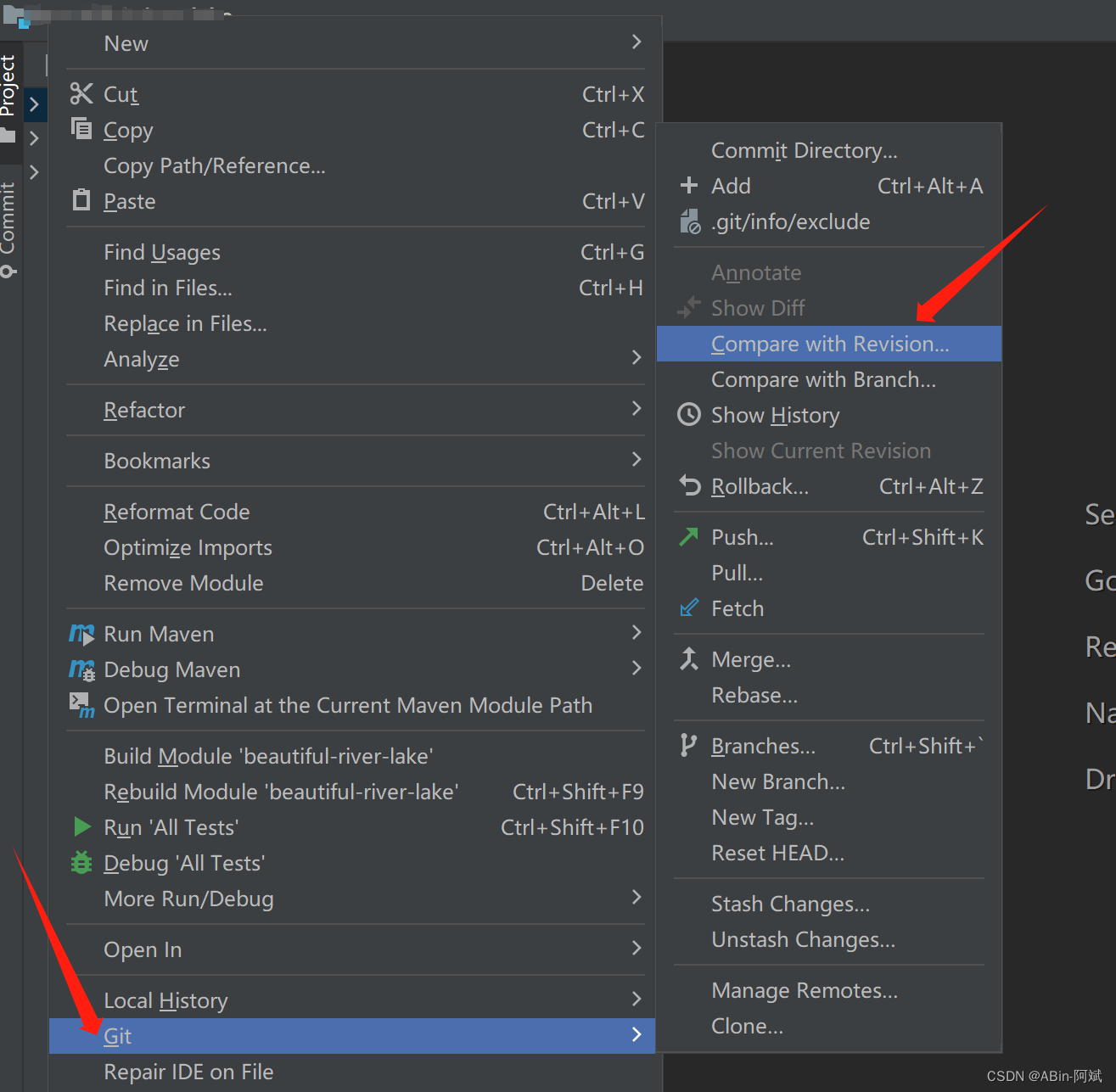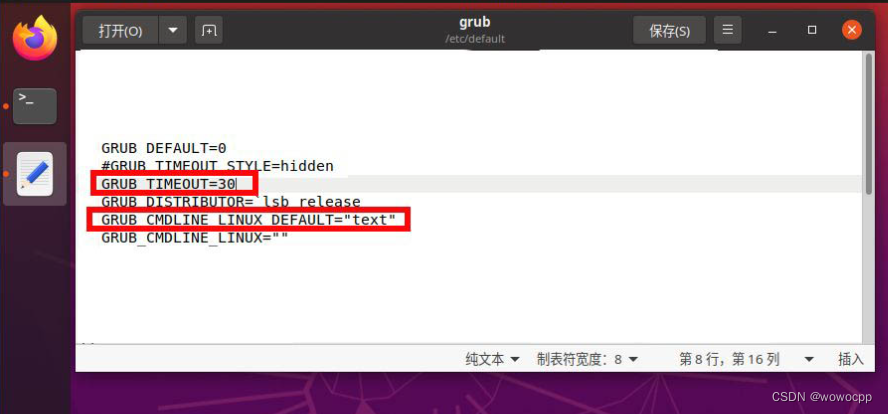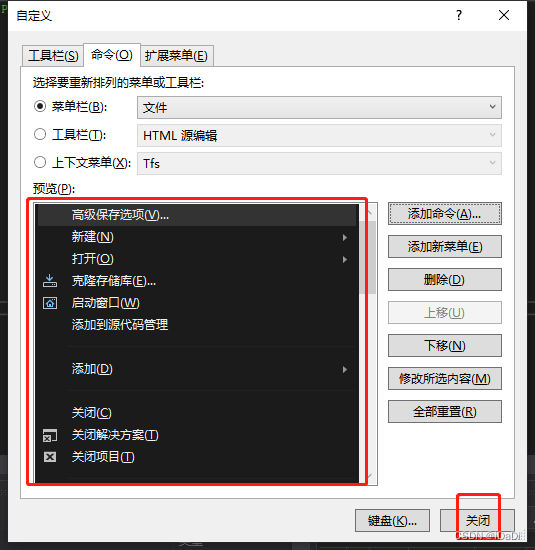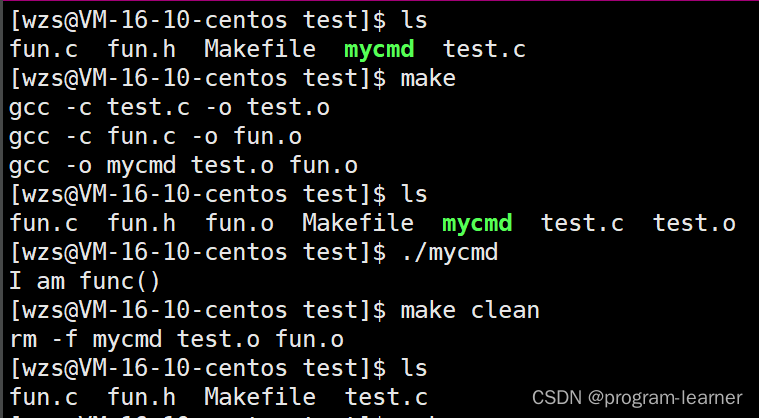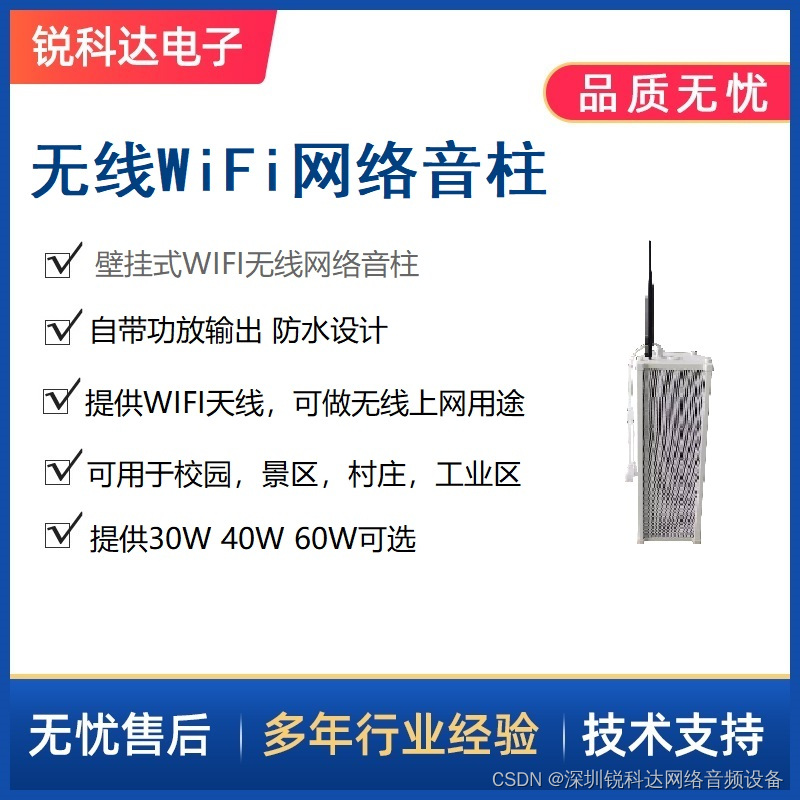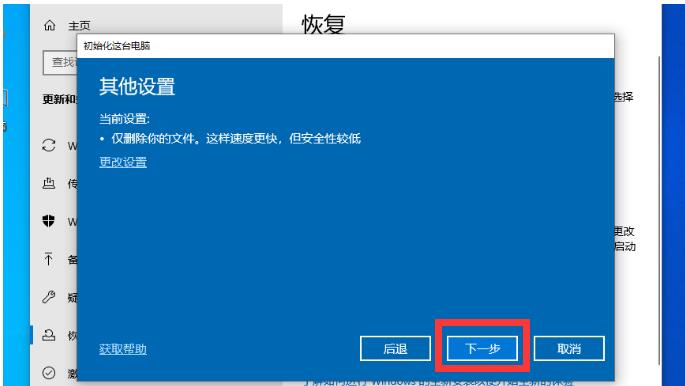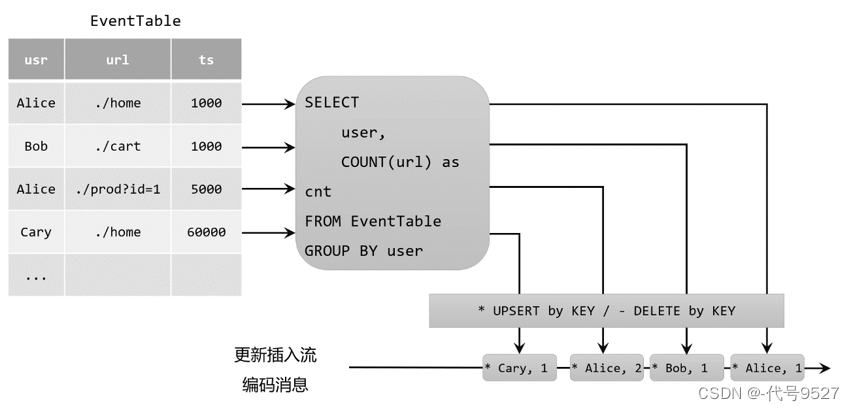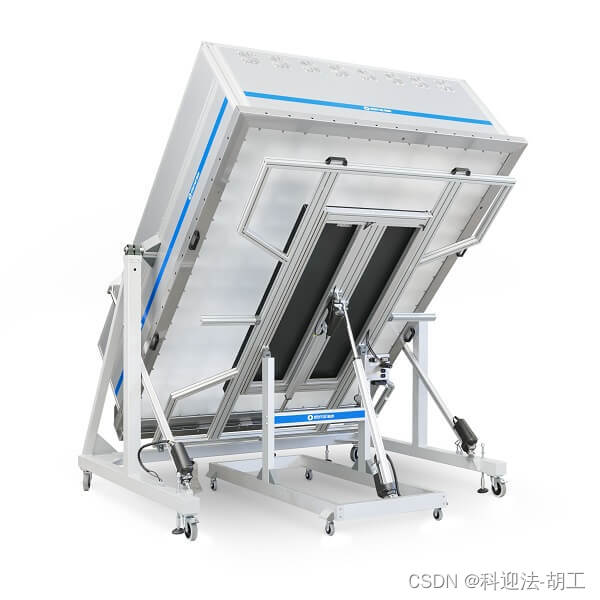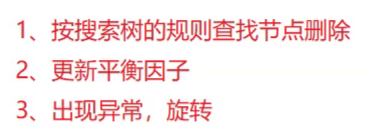前言:
参考:
RF Wireless world 里面的
《5G/NR - Carrier Aggregation》
《5G NR Carrier Aggregation (CA) basics | Carrier Aggregation frequency bands》
This page describes 5G NR Carrier Aggregation (CA) basics.
It mentions Carrier Aggregation/Dual Connectivity LTE 5G NR frequency bands
and benefits or advantages of carrier aggregation in wireless systems such as 5G NR.
It mentions minimum requirements of carrier aggregation in 5G NR.
目录:
1: Introduction
一 Introduction:
1.1 LTE
CA 的概念最早在LTE Release-10 引入。
载波聚合是指多个载波的级联。这增加了系统的带宽和连续数据速率。
LTE R-10 支持5个CC(载波分量)的聚合
LTE 支持带宽为 1.4,3,5,10 and 20MHz.在带宽20MHz下面,聚合5个CCs
则最大带宽为100MHz. LTE R-13(LTE Advanced-PRO),支持32 CCs,因此
可以实现640MHz的带宽.
1.2 NR
NR 支持载波聚合的数量为16
载波聚合 NR+LTE 称为 ENDC
UE 根据其能力在一个 或者多个 CCs 下面
连续CC和非连续CC都支持CA。
当部署CA时,帧定时和SFN在可以聚合的小区之间对齐
The concept of CA is introduced in LTE Release-10.
• Carrier aggregation refers to concatenation of multiple carriers. This increases bandwidth and consecutively data rate of the system. LTE R-10 provides support for 5 CCs (Component Carriers).
• LTE supports five bandwidth options 1.4, 3, 5, 10 and 20 MHz. With maximum bandwidth and 5 CCs, LTE gives maximum bandwidth of 100 MHz. LTE R-13 (i.e. LTE Advanced-PRO), supports 32 CCs, hence 640 MHz can be achieved.
5G NR supports carrier aggregation with 16 CCs.
• Carrier aggregation of LTE and 5G NR carriers is also possible which is known as Dual Connectivity (DC).• As mentioned in Carrier Aggregation (CA) two or more Component Carriers (CCs) are aggregated.
• A UE may simultaneously receive or transmit on one or multiple CCs depending on its capabilities.
• CA is supported for both contiguous and non-contiguous CCs.
• When CA is deployed frame timing and SFN are aligned across cells which can be aggregated.
As shown in the figure-1 there are three types of carrier aggregation in general.
CA 聚合的类型
• Intra-band contiguous
• Intra-band non-contiguous
• Inter-band non-contiguous
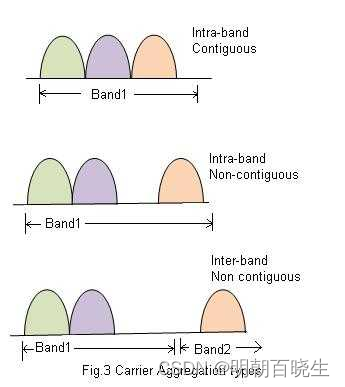
二 5G NR Carrier Aggregation
5G NR Phase-1, 高达16 CCs
• In 5G NR Phase-1, upto 16 CCs (both contiguous and non-contiguous) can be aggregated.
• Upto 1 GHz of spectrum can be aggregated.
• Carriers can use different numerologies (i.e. SCS, slots etc.)
• Transport block mapping is per carrier basis.
• Cross-carrier scheduling and joint feedback are supported.
• Carrier aggregation in 5G NR is used for both FR1 (below 6 GHz) and FR2 (above 6 GHz in mmwave range) frequency bands.
在 5G NR Phase-1 高达 可以聚合 16个 CCs(contiguous and non-contiguous) .
最高 1G Hz 频谱聚合
载波可以使用不同的参数(SCS, slots)
传输块映射 到 每个CA
支持CRS
5G NR FR1(<(below 6 GHz)& and FR2 (above 6 GHz in mmwave range)
都支持CA.
四 Minimum requirements of carrier aggregation in 5G NR
Following tables mentions minimum requirements of carrier aggregation in intra-band and inter-band modes. These tables are derived from 3GPP TS 38.133 document.
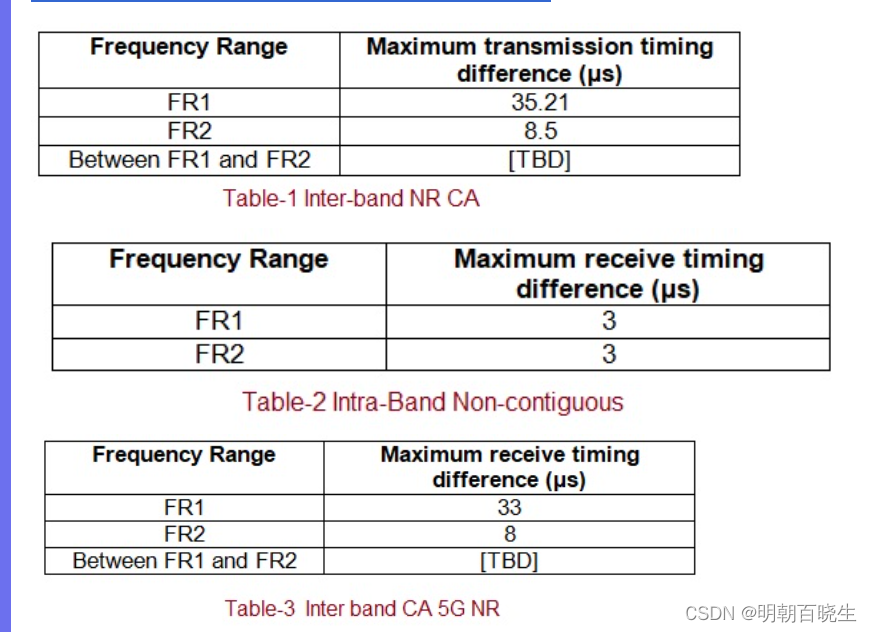
五 Dual Connectivity | LTE and 5G NR Carrier Aggregation Frequency Bands
In Dual connectivity carrier aggregation mode both LTE carriers and 5G NR carriers are combined. The frequency bands for this are mentioned in the table below.

六 Advantages of Carrier Aggregation
➤Bandwidth increases and hence data rates or throughputs increase for both uplink and downlink.
➤Network operators have choice to deploy in any of the three CA types.
➤It helps in aggregation of licensed and un-licensed spectrums.
➤The concept can be used for both TDD and FDD topologies.
➤It helps in improvement of network efficiency.


